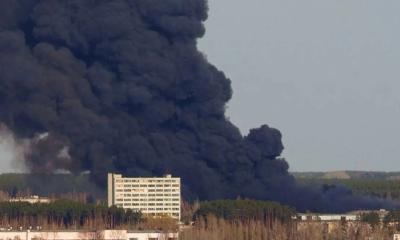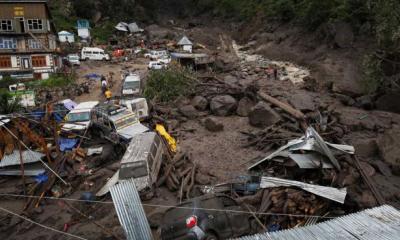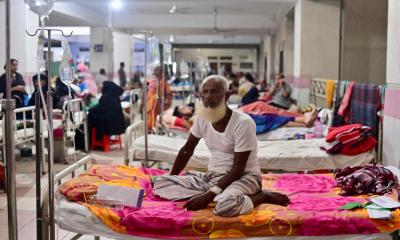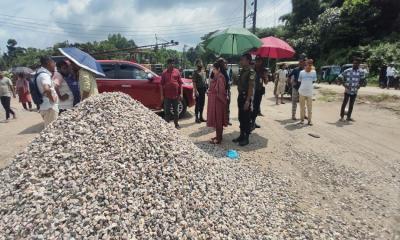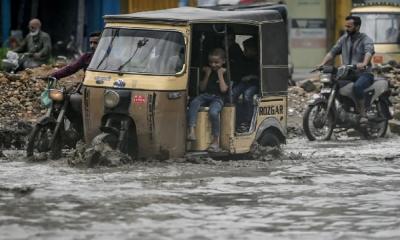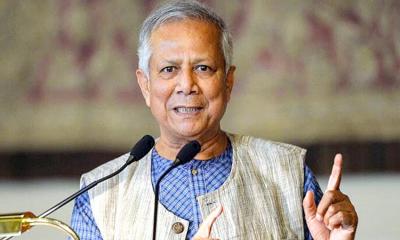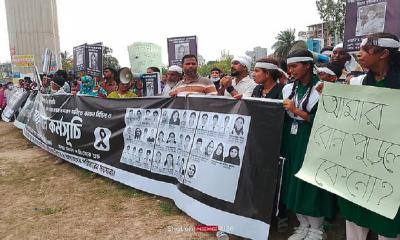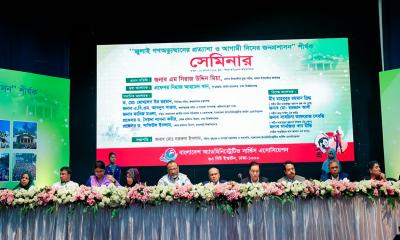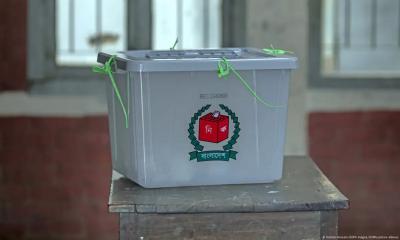Heavy monsoon floods and landslides continue to wreak havoc in Pakistan and Pakistan-administered Kashmir, claiming the lives of at least 307 people so far.
The majority of fatalities were reported in Khyber Pakhtunkhwa, a mountainous province in north-west Pakistan. Disaster authorities confirmed that at least 74 homes were damaged, and a rescue helicopter crashed during operations, killing all five crew members on board.
Authorities also reported nine deaths in Pakistan-administered Kashmir and five in northern Gilgit-Baltistan.
Government meteorologists have warned that heavy rainfall is expected until 21 August across north-west Pakistan, where several areas have been declared disaster zones.
In Buner, one survivor described the floods as a scene from "doomsday." Azizullah told news agency AFP, “I heard a loud noise as if the mountain was sliding. I rushed outside and saw the entire area shaking, like it was the end of the world. The ground was trembling due to the force of the water, and it felt like death was staring me in the face.”
Khyber Pakhtunkhwa Chief Minister Ali Amin Gadapur said the M-17 helicopter crashed due to bad weather while en route to Bajaur, a district bordering Afghanistan. In Bajaur, AFP photos showed a crowd gathered around an excavator clearing a mud-covered hillside, while funeral prayers were held nearby for victims. The province has declared a day of mourning.
In Indian-administered Kashmir, rescuers retrieved bodies from mud and rubble after a flood struck a Himalayan village on Friday, killing at least 60 people and displacing dozens more.
Monsoon rains, which occur between June and September, account for approximately three-quarters of South Asia’s annual rainfall. Landslides and flooding are common, and this year’s monsoon has already claimed more than 300 lives.
In July, Punjab, home to nearly half of Pakistan’s 255 million people, recorded 73% more rainfall than last year, resulting in more deaths than during the entire previous monsoon season.
Experts warn that climate change is intensifying extreme weather events, making floods and landslides more frequent and deadly.




